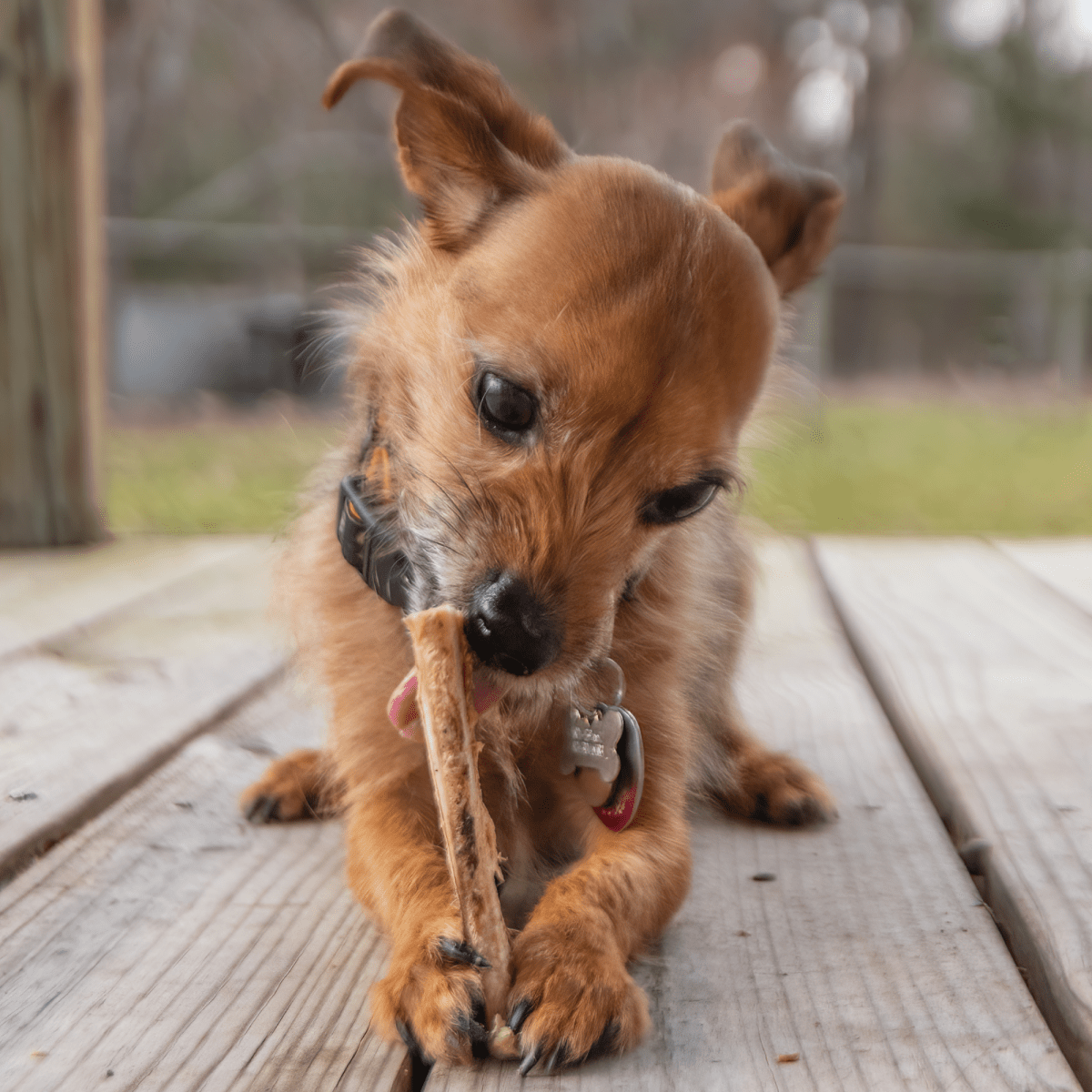
Dogs can and do get earwax buildup just like people. Regularly checking your dog’s ears is an important part of making sure your dog is happy and healthy. Find out what to look for in your dog’s ears.
Most dogs love to have their ears scratched. If your dog seems to suddenly not want their ears touched or if they frequently shake their head or paw at their ears, this may be a sign of an ear infection. Dogs may also frequently rub their head on the carpet or furniture. Itchy ears can be a sign of a various number of things and should be checked out at the first sign of a problem.
What’s the deal with earwax in dogs?
Just like humans, dogs do have earwax, and it is completely normal. Its purpose is to collect things like dirt, pollen, and dead cells and carry them out of the ear. When healthy, earwax is a natural way that ears are self-cleaning.
Wondering if your dog’s earwax build-up or color is abnormal? Here’s what to look for.
Healthy earwax should be a pale, yellowish color. If your dog appears to have dark brown or black earwax or if the earwax looks dirty gray instead of golden, this isn’t normal. A noticeable increase in wax build-up can be a sign of a problem as well.
A healthy dog’s ears should have no smell. If you check your dog’s ears and they smell yeasty or have an odor, this could be a sign of chronic otitis. Chronic otitis is a long-lasting ear infection in dogs, and it can cause itchy, painful, and smelly ears. If left untreated, this disease can lead to the rupturing of the eardrum or narrowing of the ear canal.
Are certain dogs more prone to earwax problems?
Absolutely. Specific breeds and behaviors can mean a dog has more earwax build-up or is more prone to getting ear infections.
For example, cocker spaniels, basset hounds, bulldogs, and poodles are all known for getting earwax issues or ear infections more easily. This is due to the shape of their ears, hair growing in ear canals, and/or genetic conditions.
On the other hand, some dogs are more prone to infection due to excessive swimming or bathing. Try keeping water and debris out of your dog’s ear canal by putting cotton balls in their ears during bathing and drying.
Similarly, after a haircut, the clipped hair while grooming may get into your dog’s ear canal and cause irritation and infection.
What should you do about your dog's earwax?
If your dog’s earwax looks and smells normal, do nothing! Cleaning a healthy ear can damage its self-cleaning abilities and end up doing more harm than good.
However, if you notice anything out of the ordinary, it’s time to consult your vet. Signs of an earwax issue or an ear infection can include:
If you see any of the above, you might be tempted to take a Q-tip to your dog’s ears but that’s a definite no. Not only can cotton swabs push earwax deeper into the ear canal, but you can also rupture the eardrum and cause a serious problem.
If your vet gives you the green light to clean your dog’s ears yourself, be sure to read our tips first.
--
For more pet health tips and tricks, check out our blog. For great deals on dog chews and bones, visit Best Bully Sticks.
Comments will be approved before showing up.

With so many different dog treats on the market, knowing what works best for your specific situation will save you time, money, and ensure your pup gets maximum enjoyment from every reward.

Choosing the perfect chew for your small dog can be tough, as it's not a one-size-fits-all situation. Learn about the best chew bones for your small dog here!